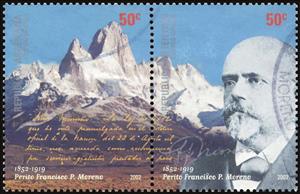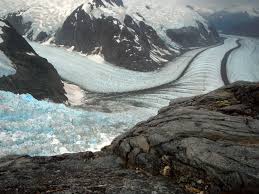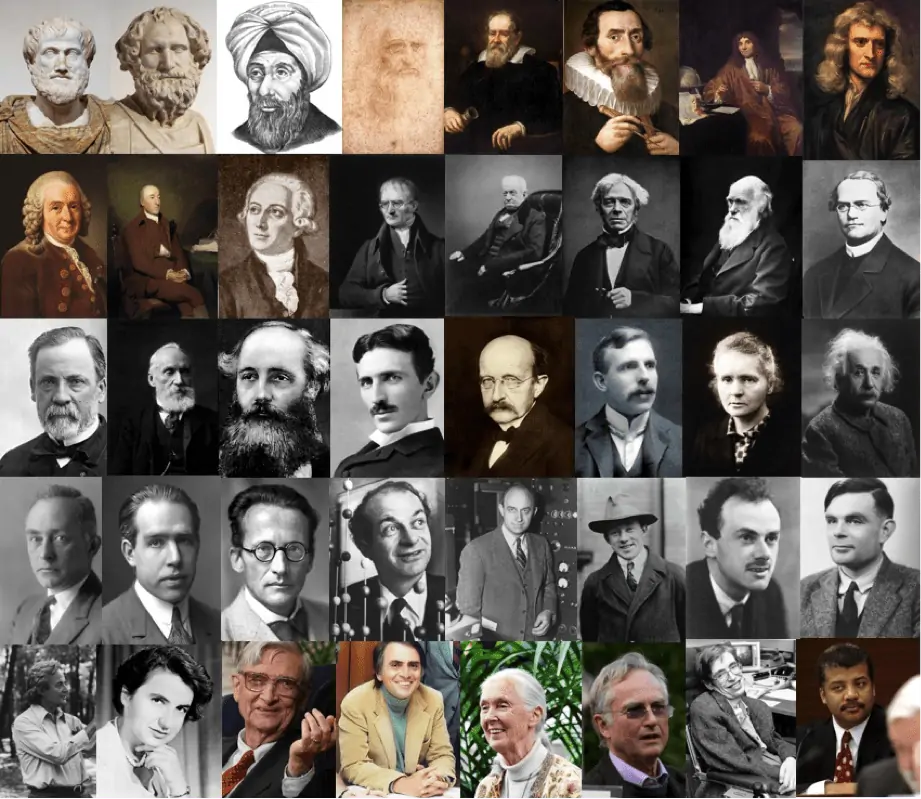Se-tenant: Mount Fitz Roy & Francisco P. Moreno (Argentina 2002)
Mount Fitz Roy & Francisco P. Moreno (Argentina 2002)
11 May (Argentina ) within release 150th birth anniversary of Francisco Perito Morenono goes into circulation Se-tenant Mount Fitz Roy & Francisco P. Moreno face value 2*50 Argentine centavo
| Se-tenant Mount Fitz Roy & Francisco P. Moreno in catalogues | |
|---|---|
| Michel: | Mi: AR 2719-2720 |
| Gz (Cefiloza): | Gz: AR 2659/0a |
Se-tenant is horizontal format.
Pair, se-tenantSe-tenant Mount Fitz Roy & Francisco P. Moreno it reflects the thematic directions:
Famous People refers to the fame and public attention accorded by the mass media to individuals or groups or, occasionally, animals, but is usually applied to the persons or groups of people (celebrity couples, families, etc.) themselves who receive such a status of fame and attention. Celebrity status is often associated with wealth (commonly referred to as fame and fortune), while fame often provides opportunities to make money.
A glacier (US: /ˈɡleɪʃər/; UK: /ˈɡlæsiər, ˈɡleɪsiər/) is a persistent body of dense ice that is constantly moving under its own weight. A glacier forms where the accumulation of snow exceeds its ablation over many years, often centuries. It acquires distinguishing features, such as crevasses and seracs, as it slowly flows and deforms under stresses induced by its weight. As it moves, it abrades rock and debris from its substrate to create landforms such as cirques, moraines, or fjords. Although a glacier may flow into a body of water, it forms only on land and is distinct from the much thinner sea ice and lake ice that form on the surface of bodies of water.
A landscape is the visible features of an area of land, its landforms and how they integrate with natural or man-made features. A landscape includes the physical elements of geophysically defined landforms such as (ice-capped) mountains, hills, water bodies such as rivers, lakes, ponds and the sea, living elements of land cover including indigenous vegetation, human elements including different forms of land use, buildings and structures, and transitory elements such as lighting and weather conditions. Combining both their physical origins and the cultural overlay of human presence, often created over millennia, landscapes reflect a living synthesis of people and place that is vital to local and national identity. The character of a landscape helps define the self-image of the people who inhabit it and a sense of place that differentiates one region from other regions. It is the dynamic backdrop to people’s lives. Landscape can be as varied as farmland, a landscape park, or wilderness. The earth has a vast range of landscapes, including the icy landscapes of polar regions, mountainous landscapes, vast arid desert landscapes, islands and coastal landscapes, densely forested or wooded landscapes including past boreal forests and tropical rainforests, and agricultural landscapes of temperate and tropical regions.
A scientist is a person who researches to advance knowledge in an area of the natural sciences




